Relationships vary in developed, emerging markets
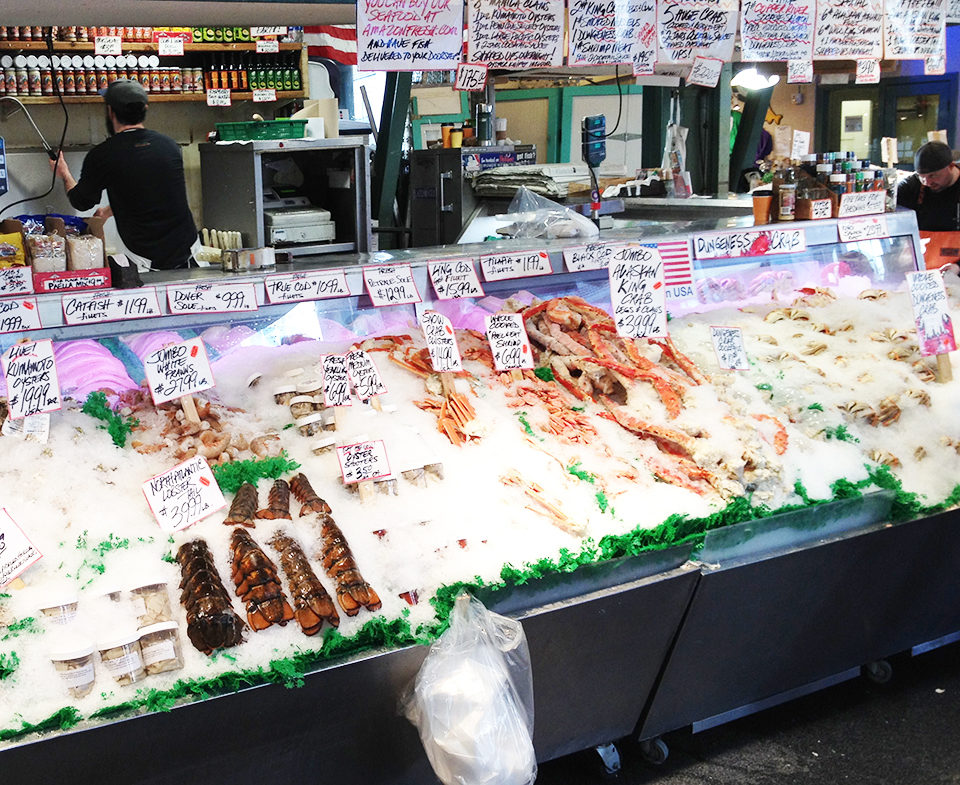
Aquaculture production has been significantly increasing its contribution to the worldwide seafood supply in the last two decades. Such an increase would be expected to have impacted seafood consumption and food security. On the other hand, it should also be expected that aquaculture growth may be driven by seafood demand, whether at a national or global level.
Relationships
An analysis of these potential relationships was conducted for a group of selected countries divided according to the importance of aquaculture in local seafood supply and the relevance of imports in domestic seafood consumption. This classification also coincided with the level of economic development.
The first group, which accounted for countries in which aquaculture represented around 50 percent of total seafood supply, included Brazil, India, Indonesia, Thailand and Vietnam. The other group accounted for countries in which imports represented at least 50 percent of total seafood consumption. These included the United States, Spain, Australia, Italy and Germany.
Despite significant differences across countries, some general ideas could be extracted and applied to explain the relationships across aquaculture and seafood consumption in the majority of the 12 countries analyzed.
Data, methods
A proxy for seafood consumption at the national level was taken from the food balance sheets of the Food and Agriculture Organization of the United Nations using the indicator of total fish supply (code 141). Regarding aquaculture supply and growth, several indicators were computed using Fishstat data at national and global levels for every year between 1990 and 2011. The share of aquaculture in total seafood production was determined by dividing aquaculture production by total seafood production, resulting in indicators for domestic and global production.
Another indicator measured the interannual rate of growth in aquaculture production by computing the yearly change rates with regard to the previous year for local and global production.
A vector autoregressive model was applied in two cases. One of the analyses explored the relationships between seafood consumption and the share of aquaculture in total seafood supply. The other case studied the relationships between seafood consumption and the yearly rate of growth in aquaculture production.
Granger causality testing analyzed whether one of the variables was a cause or effect of changes in the others.
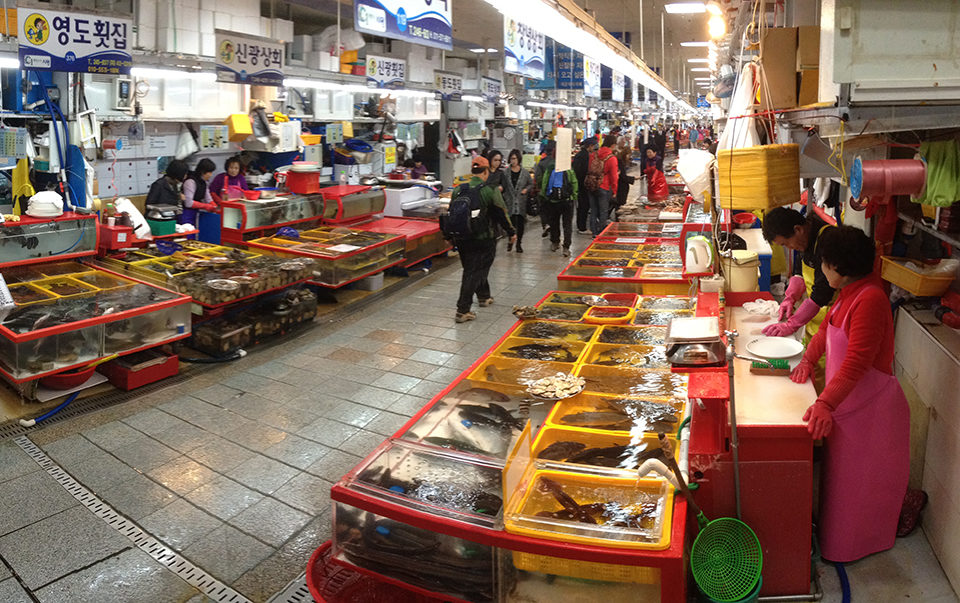
Results
While results generally pointed in a similar direction in every group, there were differences among countries with regard to the relevant indicators. Developing and emerging producing countries significantly coincided across seafood consumption and the share of local aquaculture in total supply. For Vietnam and Thailand, the association was stronger with global aquaculture share than with local. This exception was mainly due to the relevance of exports in the aquaculture production in both countries and will require specific further analysis.
This relationship between consumption and local aquaculture supply was weak or insignificant in the case of developed importing countries. The causal links with the growth in global aquaculture were the dominant result, reflecting the importance of the developed markets as drivers for the development of industrial aquaculture in developing countries.
To some extent, consumption in the northern countries during the observed period acted as a driver for the development of the production of certain species in the southern world. The exception was Germany, which with low seafood consumption was a major importer and exporter of processed fish and shellfish, resulting in inconsistent parameters and lack of significance in the relationships above.
Table 1 shows the different categories in the results of the analysis, with differences in the directions of the causal relationships and significance of the models. However, the links between aquaculture production and consumption in the producing countries, and growth of aquaculture supply and demand in the importing countries stand in almost all the observed cases.
| Country | Local Aquaculture | Global Aquaculture | Implications |
|---|---|---|---|
| Brazil | C → A.Q. F = 10.7000 [0.0042] | C → A.Q. F = 0.6147 [0.5539] | Increasing consumption in Brazil is a major driver for the local industry, but does not impact global industry growth. |
| India | A.Q. → C F = 5.0892 [0.0368] | C → A.Q. F = 0.3020 [0.5894] | An increase in consumption is caused by an increase in local production. Local demand does not cause changes in the global industry. |
| United States | C → A.Q. F = 0.0125 [0.9120] | C → GAQ F = 6.6501 [0.0189] | There is no linkage between the local industry and local demand. Although there is also no evidence of linkages between demand and the global share of aquaculture, there is a causal link between U.S. demand and the rate of growth in global aquaculture. |
| Spain | C → A.Q. F = 4.0662 [0.0598] | C → A.Q. F = 20.1560 [0.0003] | Local aquaculture supply is weakly influenced by domestic seafood demand. Global aquaculture growth is also caused by Spanish demand. |
Related information
Some facts help explain the results showed in the table. Brazil is not a significant importer or exporter of aquaculture products. Aquaculture is mainly developed for the domestic markets there. Hunger is still a dramatic issue in India. Besides cultural and religious factors, any additional supply of food will be locally consumed.
The United States is a major importer of aquaculture species such as shrimp and tilapia. Domestic aquaculture is concentrated in specific regions and species, with high production costs. Spain is another major importer of aquaculture species such as shrimp and Pangasius. Its domestic aquaculture faces an important market crisis, however. Shellfish culture is a traditional activity in a specific region that supplies the whole country at low prices.
Perspectives
Although some results can be replicated in almost all countries, a general conclusion can not be presented. There are several particular cases. Consumption in almost all developing or emerging countries is related to aquaculture supply. However, in Thailand and Vietnam, global supply appears to have a stronger influence than local supply.
This is difficult to explain with the available data, variables and models. Developed countries appear to spur the growth in the global aquaculture industry. However, the levels of association were lower than 50 percent. Differences across species and their focus on international or domestic markets could be behind this weak predictive ability. U.S. consumption, for example, is highly significant in the case of shrimp industry growth, but it is totally insignificant for other large farmed species like carp, for which there is no relevant market in the country.
Further research will require more qualitative information from the field in order to understand the different cases. Analysis at the species level will help identify what groups are affected by the observed relations and which behave in a different way. Country-to-country analysis is needed to identify international trade flows and which species depend on specific developed markets.
Finally, it will be of high interest to investigate the potential impacts on the global aquaculture industry of the increasing south-south trade versus the traditional south-north flows.
Editor’s Note: This article is part of the work currently undertaken by the first author during his stay as a visiting expert at FAO in Rome.
(Editor’s Note: This article was originally published in the July/August 2015 print edition of the Global Aquaculture Advocate.)
Authors
-

José Fernández Polanco, Ph.D.
IDES, Universidad de Cantabria
Avenida de los Castros s/n E-3900
Santander, Cantabria, Spain[115,101,46,110,97,99,105,110,117,64,106,111,99,110,97,108,111,112]
-
Ignacio Llorente, Ph.D.
IDES, Universidad de Cantabria
-
Audun Lem, Ph.D.
Policy and Economics Division
Fisheries and Aquaculture Department
Food and Agriculture Organization of the United Nations
Related Posts
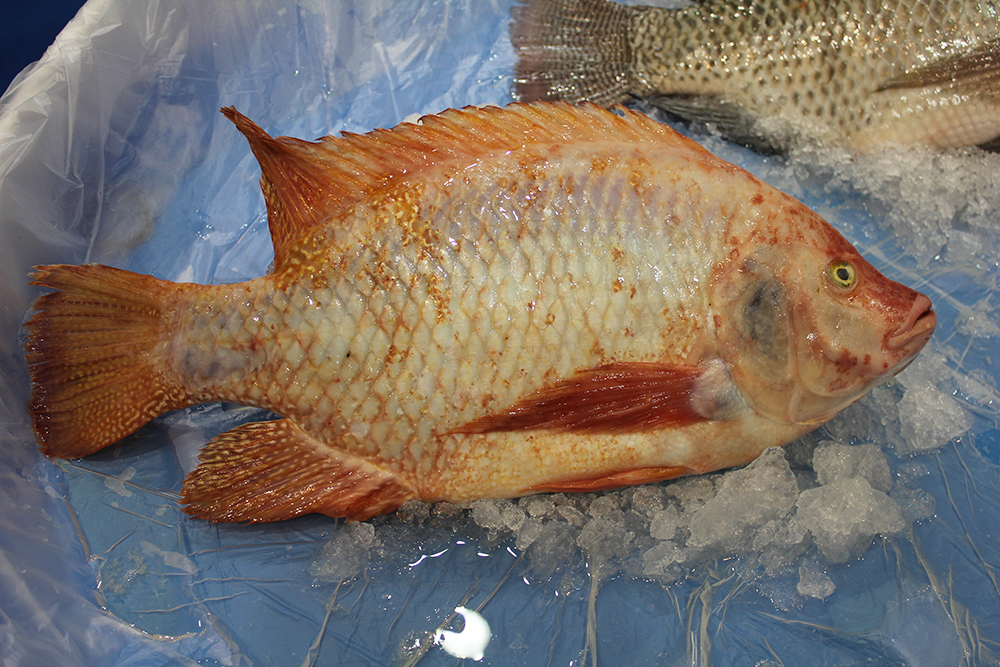
Intelligence
Adding value to tilapia to tap into U.S. market
New markets for tilapia and expansion of existing ones can be created by planning and implementing properly designed geographic strategies to meet discriminating consumer preferences. Low labor costs in most producing countries promotes value-adding by the production of fresh fillets.
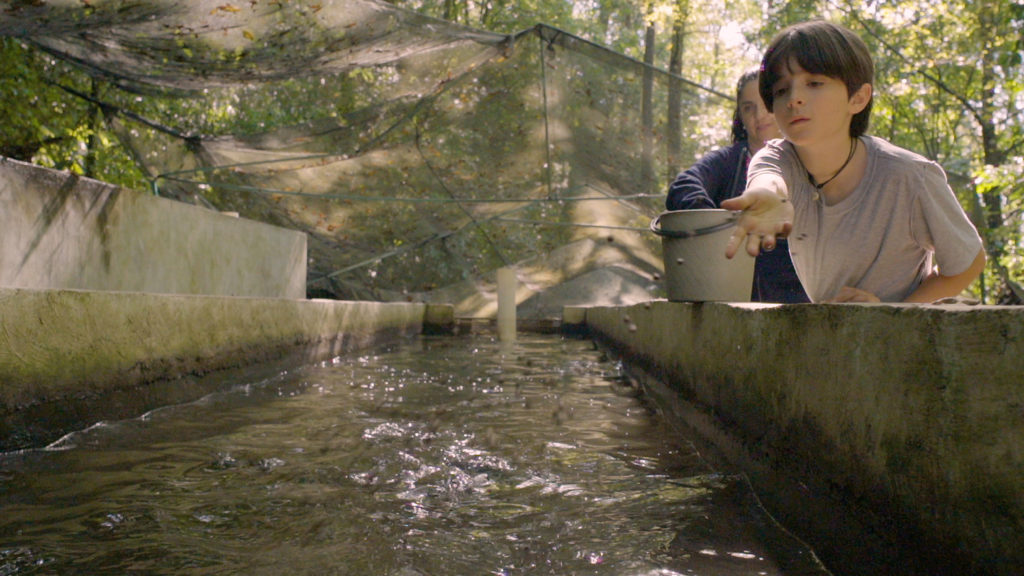
Intelligence
A motive, and a market, for farmed fish in Mexico
Boasting ample areas for aquaculture and a robust domestic demand for seafood – not to mention its close proximity to the U.S. market – a land of opportunity lies in Mexico. Fish farming is primed to meet its potential south of the border.

Intelligence
Aquaculture 2016: Examining the industry’s role in the food system
A wide range of important topics was discussed at the Aquaculture 2016 conference and trade show in Las Vegas last week. Editor Emeritus Darryl Jory shares his notes from the four-day event, which occurs every three years.
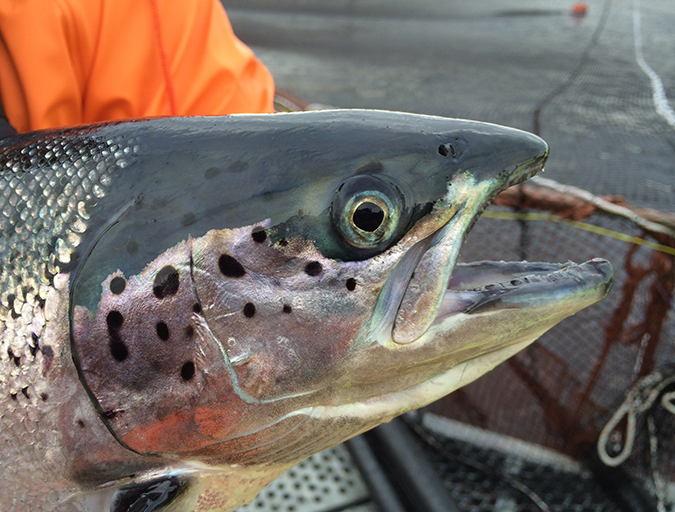
Intelligence
Changes in European consumer perceptions of farmed salmon
Household surveys have been carried out annually since 2012 in France, Germany and the UK on perceptions and consumption patterns for salmon and meat from agriculture. Results show that salmon is generally perceived as having more beneficial effects than chicken on brain development, bone development, certain cancer risks and coronary heart disease risk.


